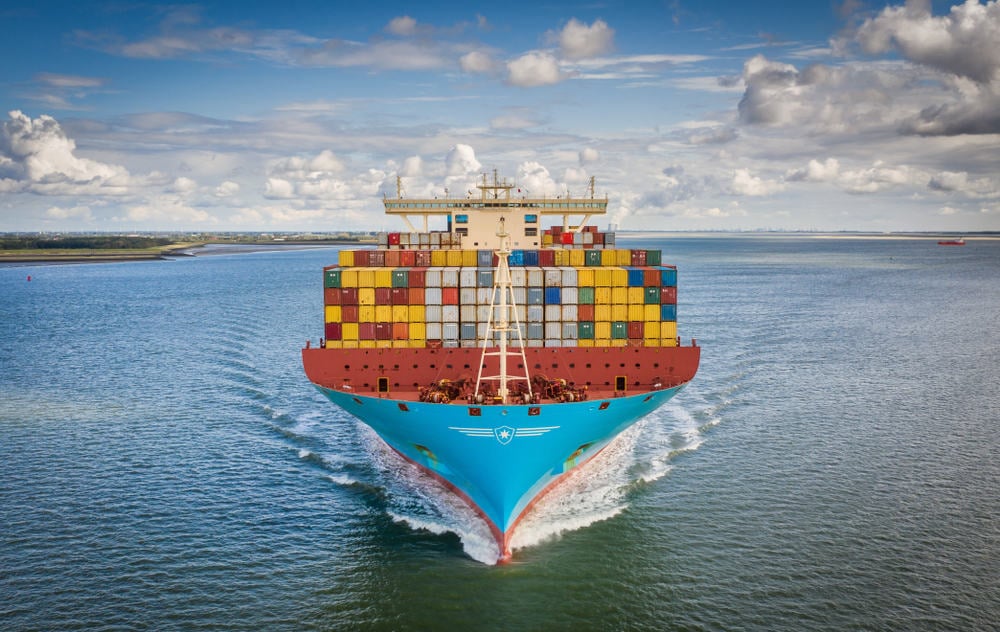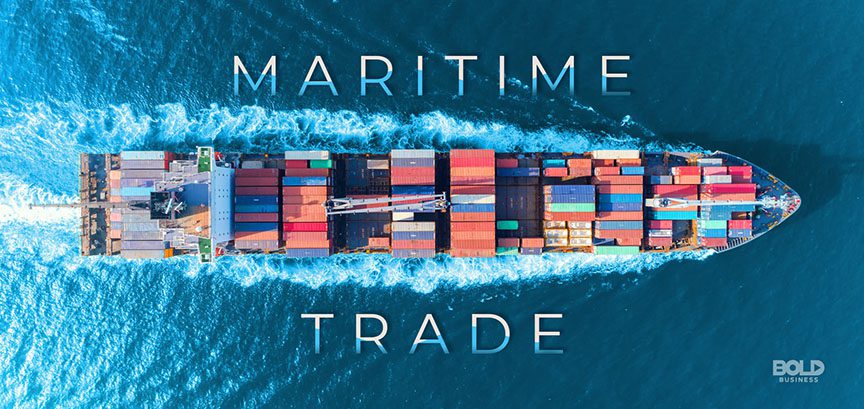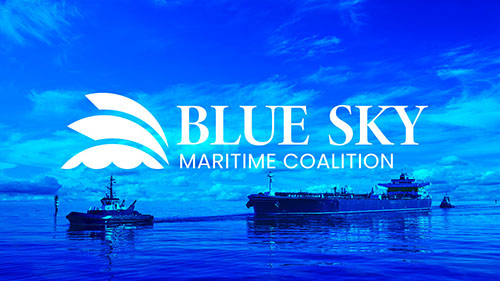Mitsui O.S.K. Lines, Ltd. announced that on Sunday, March 16, its operated LNG-fueled car carrier Celeste Ace was supplied with about 500 tons of bio-LNG (LBM: Liquified Bio Methane) fuel (Note 1) from Titan Supply B.V. (President: Niels den Nijs; Head Office: Amsterdam, the Netherlands) at the port of Zeebrugge, Belgium. The Celeste Ace will be the first ocean-going vessel operated by a Japanese shipping company to use bio-LNG fuel.
The bio-LNG fuel supplied by Titan will have a carbon intensity (carbon dioxide emissions per unit of energy consumed) of less than zero on a life cycle basis from fuel production to consumption, and obtained International Sustainability and Carbon Certification (ISCC-EU Certification, Note 2), which covers the European Union (EU) region.
LNG fuel is expected to reduce carbon dioxide (CO2) emissions by about 25% compared to conventional fuel oil, but the use of bio-LNG fuel derived from waste and residues, which is also carbon neutral, can further reduce CO2 emissions. Furthermore, bio-LNG fuel represents an effective solution for decarbonizing ship operations because methane is the primary component in both LNG and bio-LNG, the existing LNG supply chain infrastructure can be leveraged for transport and consumption.
Caspar Gooren, Commercial Director of Renewable Fuels at Titan, commented, “This bunkering highlights the growing role of LBM in decarbonizing international shipping today. With LBM availability expanding, its deep decarbonization potential, and increasing commercial viability, the LNG pathway offers practical solutions for shipowners and operators. Moreover, with a global maritime leader like MOL putting its commercial weight behind LBM, this is an exciting time for the clean fuels transition.”
MOL Marine Fuel GX Division General Manager Yoshikazu Urushitani said, “We are exploring the use of ammonia and hydrogen fuels as part of our strategy to adopt clean alternative fuels, while moving to expand the use of LNG-fueled vessels and more quickly achieve a low-carbon society. We will also be early adopters of bio-LNG and synthetic LNG. Partnering with Titan, we will start using bio-LNG to lead the shipping industry in the transition to clean alternative fuels. We remain committed to adopting clean fuels to reach net zero GHG emissions by 2050.”
This initiative is an important step toward the adoption of alternative fuels, in line with the environmental strategy in MOL’s BLUE ACTION 2035 management plan. The group will pursue the use of LNG and bio-LNG as low-carbon fuels that can be utilized in the near term, while technologies, supply networks, and regulations relating to zero-emission fuels are established.
(Note 1) Bio-LNG, also known as liquefied biomethane, is biogas that has been purified and liquefied. Because it is made from biomass, which absorbs CO2 from the atmosphere during its growth, it can be considered carbon neutral throughout its cycle from production to consumption. In addition, methane (which has a greenhouse effect about 28 times that of CO2), originally released into the atmosphere from organic waste, can be recovered and burned, preventing its release into the atmosphere and reducing greenhouse gas (GHG) emissions.
(Note 2) ISCC-EU Certification (International Sustainability and Carbon Certification) verifies that sustainable fuels made from biomass and waste meet EU legal requirements for sustainability and greenhouse gas emission reduction standards. The certification was established under the European Renewable Energy Directive (RED II).
Source: Mitsui O.S.K. Lines, Ltd.





